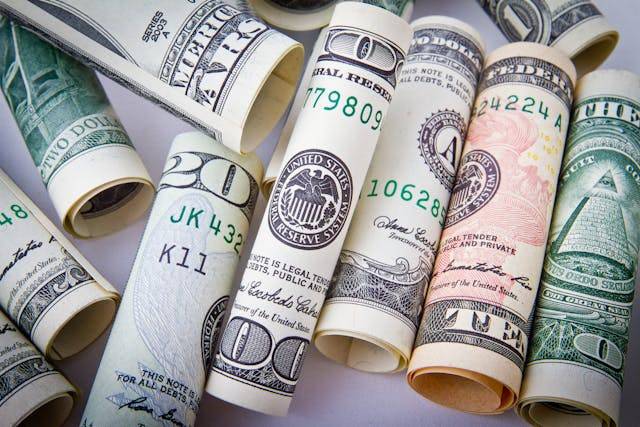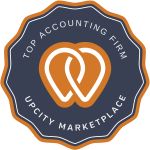


Profit tells an incomplete picture of company value, and using profit alone to drive decision making could very well lead your business in the wrong direction. So how do you know if all your hard work, the extra hours, and increased stress, is paying off? Business valuation! By diving into the financial metrics of your company and the market forces at play, we can track the market value of your business over time and see exactly where your efforts are going.
Well this is a loaded question! As a business owner, you may see value in much more than the just the financial advantages provided by owning a business. Your business may provide a level of flexibility, pride, or experience that adds an un-calculatable measurement of value to your life. For today, we will be focusing on determining the “fair market value” of your business; basically what a buyer might be willing to pay for it.
Determining the market value of your business requires the making of quite a few assumptions married with financial data and metrics. When calculated correctly, an accurate window of potential value can be found. One of the most common ways to begin your journey finding a market value for a business is through the Discounted Cash Flow model or DCF.

Discounted cash flow is a business valuation method that calculates the value of a company by considering the value of its future cash flows. In order to determine DCF, you must forecast cash flow into the future and then discount that value back to its present-day value using a discount rate. The discount rate is a reflection of the cost of capital and the risk associated with the investment. The riskier the business, the higher the cost of Captial. Things that add to business risk are: lack of management or successors, lack of policies and procedures if most of sales come from very few clients (losing one has a major impact), high debt levels, and niche markets are a few examples.
The other major component of DCF is the time value of money. Money, left alone, loses value over time (everything cost considerably less in 1950 than today).
In laymen’s terms, discounted cash flow estimates the current value of your business based on the future value of the cash it can generate. For business owners, the DCF is a solid foundation to begin determining the market value of your business.
Not necessarily, other market forces have a large effect on business value.
A proper understanding of your business finance will help you make decisions that are likely to grow the value of your company.
We do! Our accounting services provide financial guidance and our Valuation services provide data.
Before we continue discussing other factors that must be considered to determine market value, it is important to note that DCF is not the only method we can use to help determine your business’ market value. Discounted cash flow is, however, a relatively simple and effective valuation method.
So assuming we have successfully completed our DCF, we need to consider some other factors before we can confidently determine we are looking at a fair market value for your business. Let’s consider some of the following:
A Strength, Weakness, Opportunities, Threats (SWOT) analysis is valuable here to determine any special circumstances that could increase or decrease the value of your business. If your business is poised on the edge of a massive opportunity, this could be used as an argument to adjust up the value of your DCF by a reasonable margin. A SWOT analysis might not be a compelling addition to all buyers, but it is an important element to understanding what a buyer might be willing to pay.
When discussing the Marketability of shares, sometimes referred to as “lack of marketing”, we are looking to apply a modifier to compensate for the fact that buying a private business is a lot more challenging than buying and selling a few shares of publicly traded companies. Generally in Business Valuation, “lack of marketing” for private companies is accomplished with a 20% reduction on top of the DCF.
The final element to consider here is the actual Book Value of your business. Book Value is another method for valuating a business, and it represents the actual value your business holds in assets. Simply put, book value = total assets – total liabilities, and can often function as a minimum market value for an interested buyer. The reason we want to keep book value in mind is that if DCF is below current book value, we would likely be better off using book value to determine a starting value for your business.
Now that we have some metrics to determine the market value of your business today, we can track this data going forward (or backwards with good records) in order to see real business growth year over year. Is the actual market value of your business increasing year over year? Is your time and money well invested in your business? Are you beating the market returns as a whole? This is one of the many finance questions we help our clients answer.
These are the questions answered by a Certified Business Valuation. (Please note, you can do many “free” business valuations and DCF models online. However, there are not adjusted back to market norms and rates, meaning the value you receive on a free calculation with no adjustments can be radically inaccurate.

